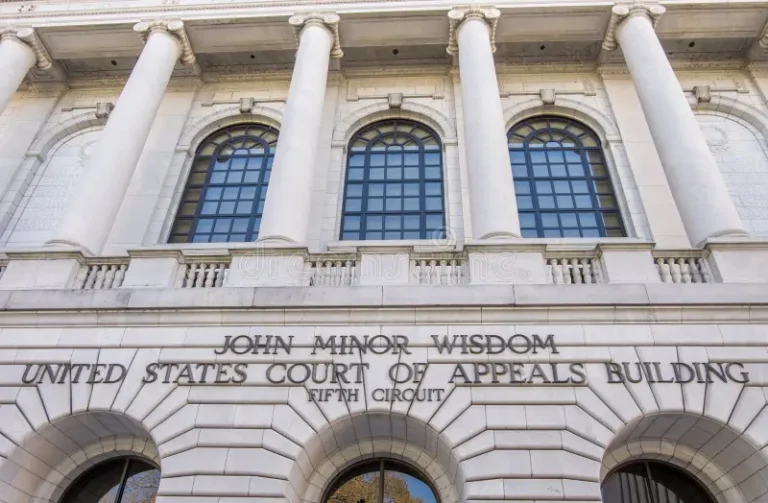Jack Goldsmith is the Learned Hand Professor of Law at Harvard Law School, where he teaches and writes about national security law, international law, internet law, and, recently, labor history. Before coming to Harvard, Professor Goldsmith served as Assistant Attorney General, Office of Legal Counsel from 2003-2004, and Special Counsel to the Department of Defense from 2002-2003.
I am traveling and have only a moment now to comment on today’s oral argument in Mulhall. After reading through the transcript once, my quick initial reactions are as follows.
- It is always hazardous to predict ultimate disposition from oral argument, but I would be shocked if the Court agreed with Respondent that bargaining agreements are always (or practically always) illegal under Section 302. No Justice embraced or seemed convinced by that position. Justice Ginsburg effectively demonstrated that Respondent’s absolutist position went far beyond what the Eleventh Circuit below – in what was itself an outlier case – held. And Justice Kagan – who used to teach labor law – did an effective job in her questions of demonstrating how disruptive to labor law Respondent’s position would be. The most devastating moment in the argument for Respondent came when Justice Kennedy, following Justice Kagan’s questions, asked: “Do you acknowledge that your — that your answer to Justice Kagan is – is contrary to years of settled practices and understandings?” Respondent’s counsel contended that his position was not contrary to settled practices and understandings, but his answer was not terribly convincing, and the fact that Justice Kennedy asked the question is not a good sign for the fate of his argument.
- That said, most of the Justices seemed to think that the bargaining agreement in the case did involve a “thing of value” that on its face implicated Section 302. Only two Justices tried to offer a way out of the conundrum that a plain reading of the text seems to cut very far into settled labor practices – Justice Breyer with a purely purposive argument that would have excluded most organizing agreements from Section 302, and Justice Sotomayor with a more complex structural/purposive argument toward the same end.
- The Justices pressed the advocates on the procedural difficulties with the case (which we have discussed here and here) – whether plaintiff had standing, whether the case is moot, and whether Section 302 properly creates a private right of action. Most notably, and another bad sign for Respondent, Justice Alito – who wrote Knox – spent half of his questions asking whether the plaintiff had standing or the case was moot.
- Bottom line: The Justices showed no enthusiasm for Respondent’s broad position. But they also seemed unconvinced with Petitioner’s textual argument, and only a few Justices suggested ways to reconcile the plain text of Section 302 with settled labor practice and doctrine. And a few Justices seemed to be looking for ways to get rid of the case without reaching the merits. In short, except for pretty clearly ruling out Respondent’s broad position, the oral argument revealed very little about how the Justices will resolve the case.






Daily News & Commentary
Start your day with our roundup of the latest labor developments. See all
December 13
In today’s News & Commentary, the Senate cleared the way for the GOP to take control of the NLRB next year, and the NLRB classifies “Love is Blind” TV contestants as employees. The Senate halted President Biden’s renomination of National Labor Relations Board Chair Lauren McFerran on Wednesday. McFerran’s nomination failed 49-50, with independents Joe […]
December 11
In today’s News and Commentary, Biden’s NLRB pick heads to Senate vote, DOL settles a farmworker lawsuit, and a federal judge blocks Albertsons-Kroger merger. Democrats have moved to expedite re-confirmation proceedings for NLRB Chair Lauren McFerran, which would grant her another five years on the Board. If the Democrats succeed in finding 50 Senate votes […]
December 10
In today’s News and Commentary, advocacy groups lay out demands for Lori Chavez-DeRemer at DOL, a German union leader calls for ending the country’s debt brake, Teamsters give Amazon a deadline to agree to bargaining dates, and graduates of coding bootcamps face a labor market reshaped by the rise of AI. Worker advocacy groups have […]
December 9
Teamsters file charges against Costco; a sanitation contractor is fined child labor law violations, and workers give VW an ultimatum ahead of the latest negotiation attempts
December 8
Massachusetts rideshare drivers prepare to unionize; Starbucks and Nestlé supply chains use child labor, report says.
December 6
In today’s news and commentary, DOL attempts to abolish subminimum wage for workers with disabilities, AFGE reaches remote work agreement with SSA, and George Washington University resident doctors vote to strike. This week, the Department of Labor proposed a rule to abolish the Fair Labor Standards Act’s Section 14(c) program, which allows employers to pay […]